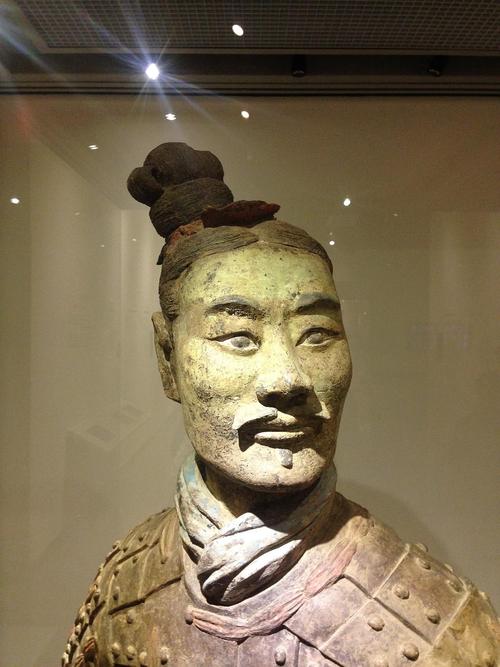
What Color Is Terracotta?
When we picture terracotta, a specific hue comes to mind: a rich, earthy orange that speaks of warmth and history. But the reality of terracotta's color is far more nuanced than this singular image. Let's delve deeper into the fascinating world of terracotta's diverse palette.
Terracotta: More Than Just Orange
While a deep, burnt orange is undoubtedly the most recognized shade of terracotta, it's crucial to remember that this material comes in a spectrum of captivating colors. The final hue of any terracotta piece is influenced by a variety of factors, turning each creation into a unique work of art.
1. The Role of Clay Composition
The journey of terracotta's color begins with its primary ingredient: clay. The specific mineral composition of the clay significantly impacts the final color of the fired terracotta.
-
Iron Oxide: This mineral plays a starring role in determining the shade of terracotta. High iron content leads to those characteristic warm oranges and reds, while lower levels can result in lighter hues like yellows and even pale pinks.
-
Other Minerals: Beyond iron, other minerals present in the clay, such as manganese and magnesium, can further influence the color, leading to variations in warmth, coolness, and undertones.
2. The Firing Process: A Dance of Heat and Transformation
The firing process, where the shaped clay is subjected to high temperatures in a kiln, is another crucial stage in determining terracotta's final appearance.
-
Temperature Variations: Higher firing temperatures typically result in richer, darker shades of orange and red, while lower temperatures may yield lighter, more muted tones.
-
Kiln Atmosphere: The atmosphere within the kiln also plays a role. An oxygen-rich environment can enhance the redness of the clay, while a reduced oxygen environment might lead to browner or even grayish hues.
3. The Passage of Time: A Patina of History
As terracotta ages, it doesn't simply exist in a static state. Exposure to the elements over time can create a beautiful patina on the surface, further altering its color.
-
Weathering and Oxidation: Sun, rain, and wind can cause the surface of terracotta to oxidize, leading to subtle shifts in color and creating a weathered, antique appearance.
-
Environmental Factors: The specific environmental conditions of where the terracotta is located—be it a humid climate or an arid desert—will also influence the nature and speed of patina development.
Terracotta: A Symphony of Earthy Hues
To truly appreciate terracotta is to acknowledge its remarkable range. From the instantly recognizable deep oranges to the unexpected whispers of pink and gray, terracotta's color palette is a testament to the beautiful unpredictability of nature and the transformative power of human artistry.
FAQs
1. Is all terracotta orange? No, while orange is a common and iconic terracotta color, it is not the only one. Terracotta can range in color from pale yellows and pinks to deep browns and reds.
2. Why does some terracotta appear pink? Pink hues in terracotta are often due to the presence of specific minerals in the clay, such as manganese, and can also be influenced by firing temperatures.
3. Can the color of terracotta change over time? Yes, exposure to the elements can create a patina on the surface of terracotta, leading to subtle color shifts and a weathered appearance.